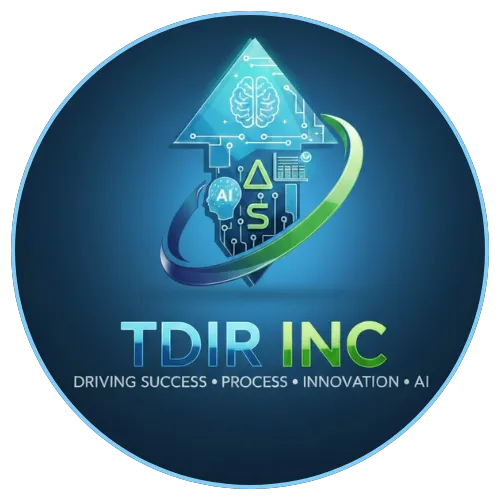
The ROI of Six Sigma in Project Management
Data-driven analysis of how Lean Six Sigma principles improve project outcomes and organizational efficiency.

In an era where every project must justify its cost, timeline, and measurable impact, organizations are turning to Lean Six Sigma as a proven framework to enhance efficiency and deliver consistent results. While it’s often associated with manufacturing, Six Sigma’s structured, data-driven approach to problem-solving has become a powerful asset in project management across industries—from healthcare and IT to government and finance.
Understanding the Six Sigma Advantage
Six Sigma is centered around one goal: reducing variation and eliminating waste to achieve near-perfect performance. It uses a blend of Lean methodologies (focused on process speed and waste reduction) and Six Sigma tools (focused on quality and defect reduction). Together, they empower project managers to identify bottlenecks, quantify inefficiencies, and implement solutions that produce measurable ROI.
The DMAIC framework—Define, Measure, Analyze, Improve, Control—guides teams through structured improvement cycles that ensure every decision is backed by data rather than assumptions.
Quantifying the Impact: ROI in Real Terms
Organizations implementing Six Sigma report tangible financial benefits. According to multiple industry studies:
Projects leveraging Six Sigma see cost reductions between 10–30% due to improved process efficiency.
Cycle times are cut by up to 50%, allowing faster delivery of products and services.
Defect rates drop dramatically, often resulting in millions of dollars saved annually.
Teams report productivity gains of 20–40%, as employees spend less time reworking or troubleshooting.
These improvements go beyond operational metrics—they translate directly into higher customer satisfaction, reduced overhead, and stronger bottom-line performance.
Building a Culture of Continuous Improvement
The real ROI of Six Sigma extends beyond a single project. When organizations embed Six Sigma principles into their culture, they create a foundation for continuous improvement.
Project managers and teams become more analytical, proactive, and outcome-oriented. Decision-making evolves from gut instinct to data-driven strategy, ensuring long-term organizational agility.
Integrating Six Sigma with Modern Tools and AI
The next frontier for Six Sigma lies in its integration with AI and predictive analytics. By combining traditional Six Sigma frameworks with modern technologies, organizations can identify inefficiencies faster and automate parts of the improvement cycle.
For example, AI can detect early warning signs of project delays or quality issues, while Six Sigma methods ensure those insights are acted upon systematically.
The Bottom Line
The ROI of Six Sigma in project management is both quantifiable and transformative. It improves efficiency, reduces waste, enhances quality, and builds a culture of precision and accountability. For organizations seeking sustainable success, Six Sigma is not just a methodology—it’s a mindset that drives measurable, repeatable excellence.
Quick Links
Home
Services
About Us
Resources
Contact
Services
Program Management
Project Management
Six Sigma
AI Consulting
Data Analytics
Training
